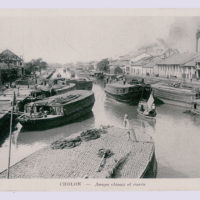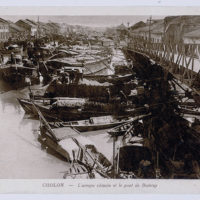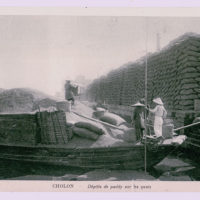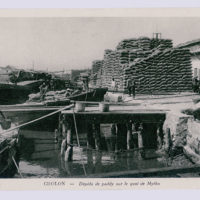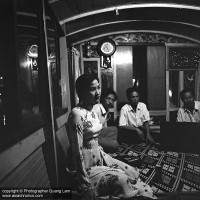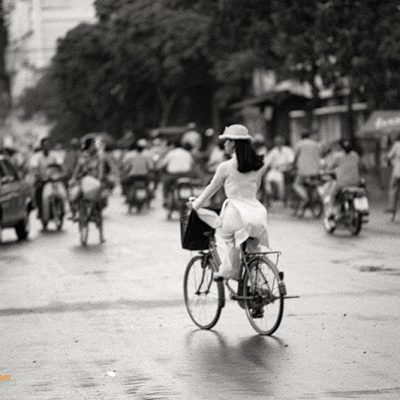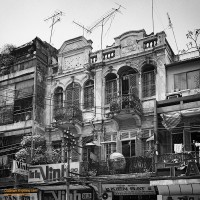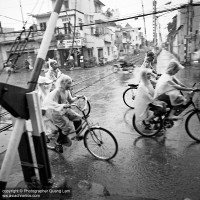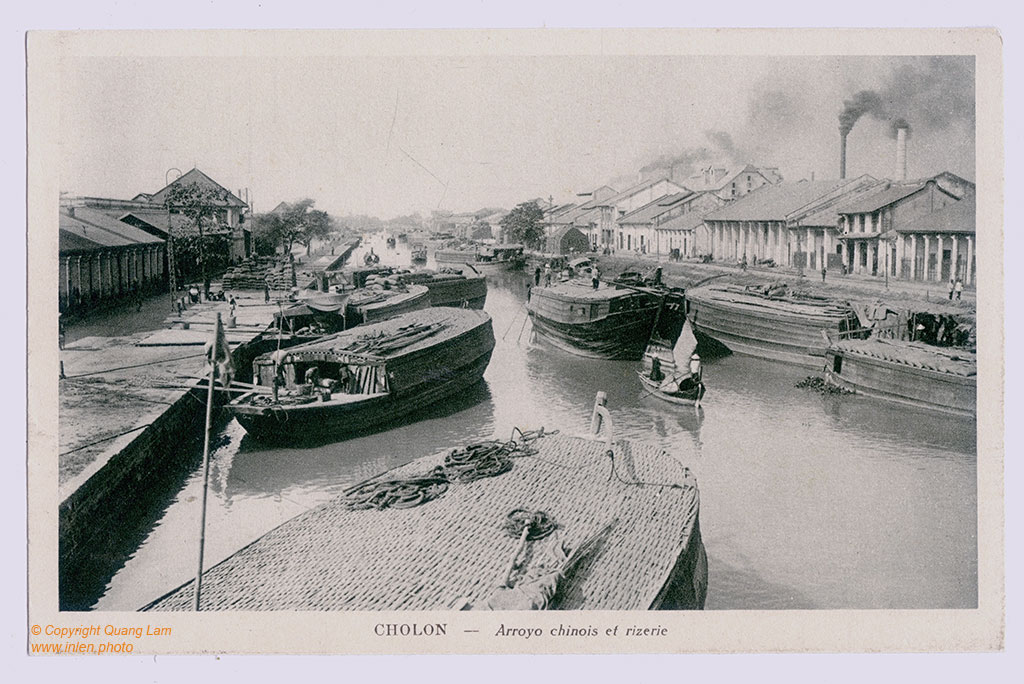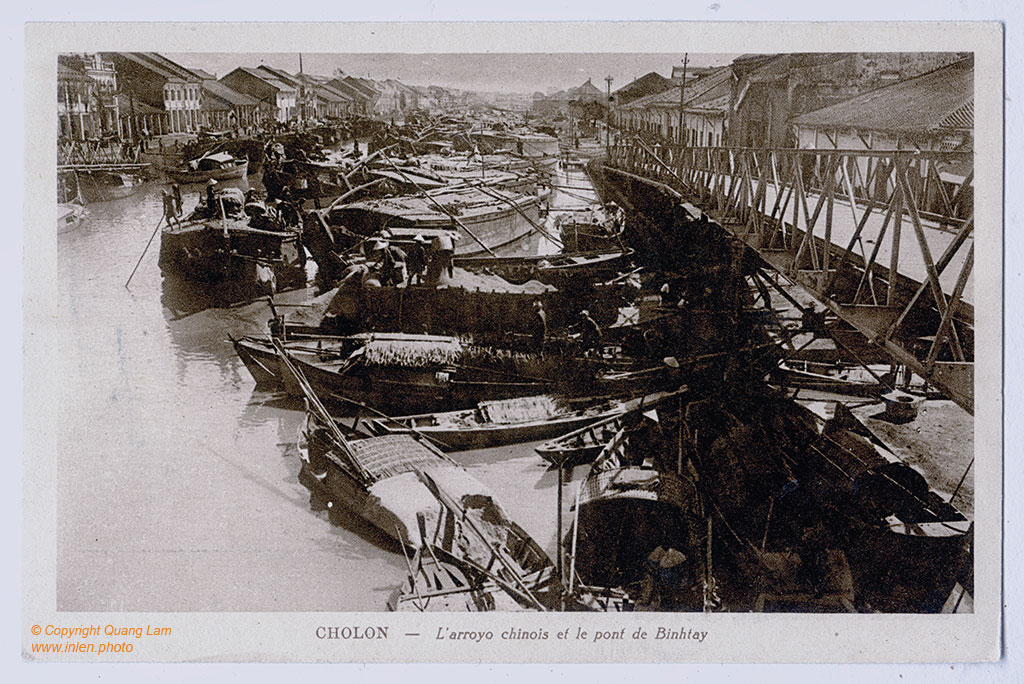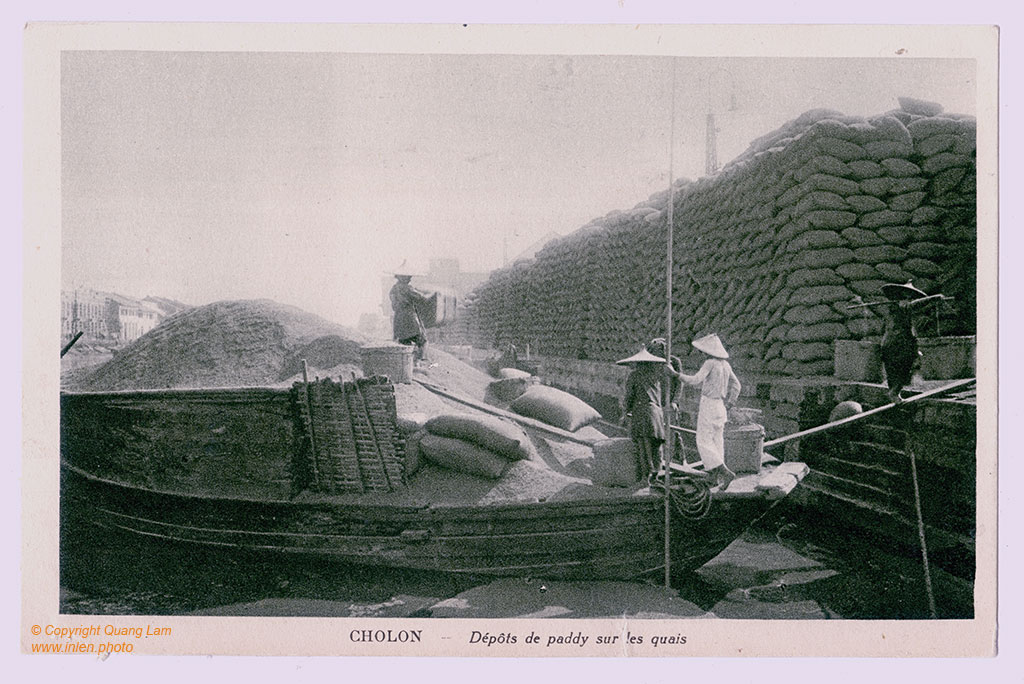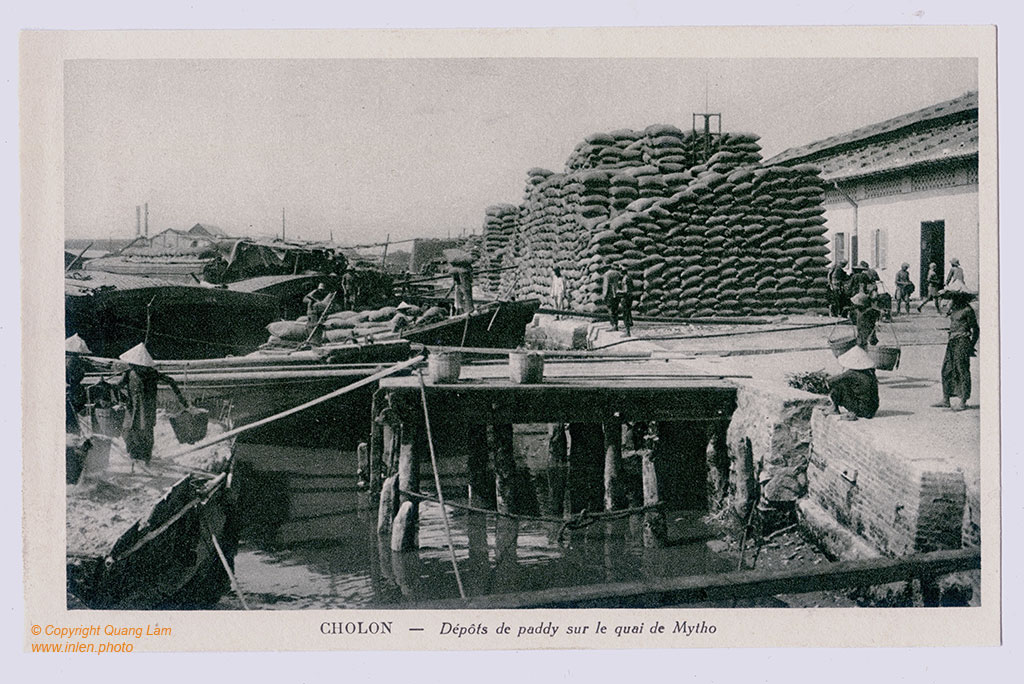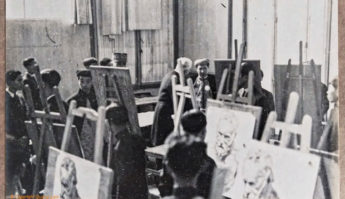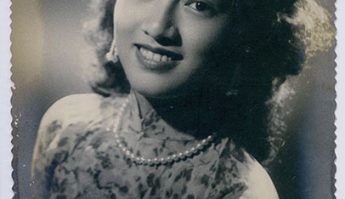On the beginning of rice trade in Cholon with photographer Nadal during Indochina
Fernand Nadal, born in Algeria, arrived in Saigon in the 1920s. His first advertisement in the magazine Indochine française (1922) described his activities as follows: “Art Photographie—Photography for business” and “Publishing: postcards, photo albums, and documentaries on Cochinchina, Cambodia, and Annam.”
Unlike other studios that focused primarily on portraits, Nadal’s work provided a documentary perspective of that era. He published over 2000 photos, with notable albums including:
- Ruines d’Angkor: A collection of photographs showcasing the ancient temples of Angkor.
- Saigon: An exploration of the city, featuring its colonial architecture and the diverse communities that coexisted.
Nadal served as the official image provider for Cochinchina during the Colonial Exhibition of 1931. His architectural documentary style was so strict that some of his photos were rejected due to the absence of characters.
Considering the villa he built which still stands today at 86 Vo Van Tan, his business was successful.
The beginning of rice trade in Saigon-Cholon
by VÀN-THÊ-HÔ (L’Écho annamite, December 28, 1920)
“In the past, rice, husked in mortars or using hand huskers, was only used for local consumption. It was in 1869 that Cochinchina saw the first steam rice mill built on its soil, built on the model of similar establishments in Burma and Siam, by a Franco-English group. A year later, a Frenchman, Mr. Cahuzac, set up a second factory in Saigon. At that time, however, nothing predicted the development that the rice processing industry later took. In 1868, exports barely reached 130,000 tonnes (paddy and rice). From 1870, it exceeded 200,000 tonnes, reaching nearly 350,000 in 1876. The following year, some Chinese, embarking in their turn on a path which was to quickly lead them to fortune, founded a third rice mill, to which they added a fourth three years later. The four existing factories together could hull 200 tonnes of paddy per day. Parallel to the rice industry, the export of this cereal was growing vigorously. From 525,000 tonnes in 1880, it increased, following a constant upward curve, to 1,069,000 tonnes. in 1907; 803,092 t. in 1908; 726,746 in 1909; 905,343 in 1910. So much so that to satisfy orders, it was necessary to create other factories. In 1911, ten factories were in full operation in Cholon, eight of which belonged exclusively to Chinese.”
Our exclusive collection of original postcards by Nadal of the docks in Cholon
The books and postcards of Nadal were printed by Braun & Cie.



